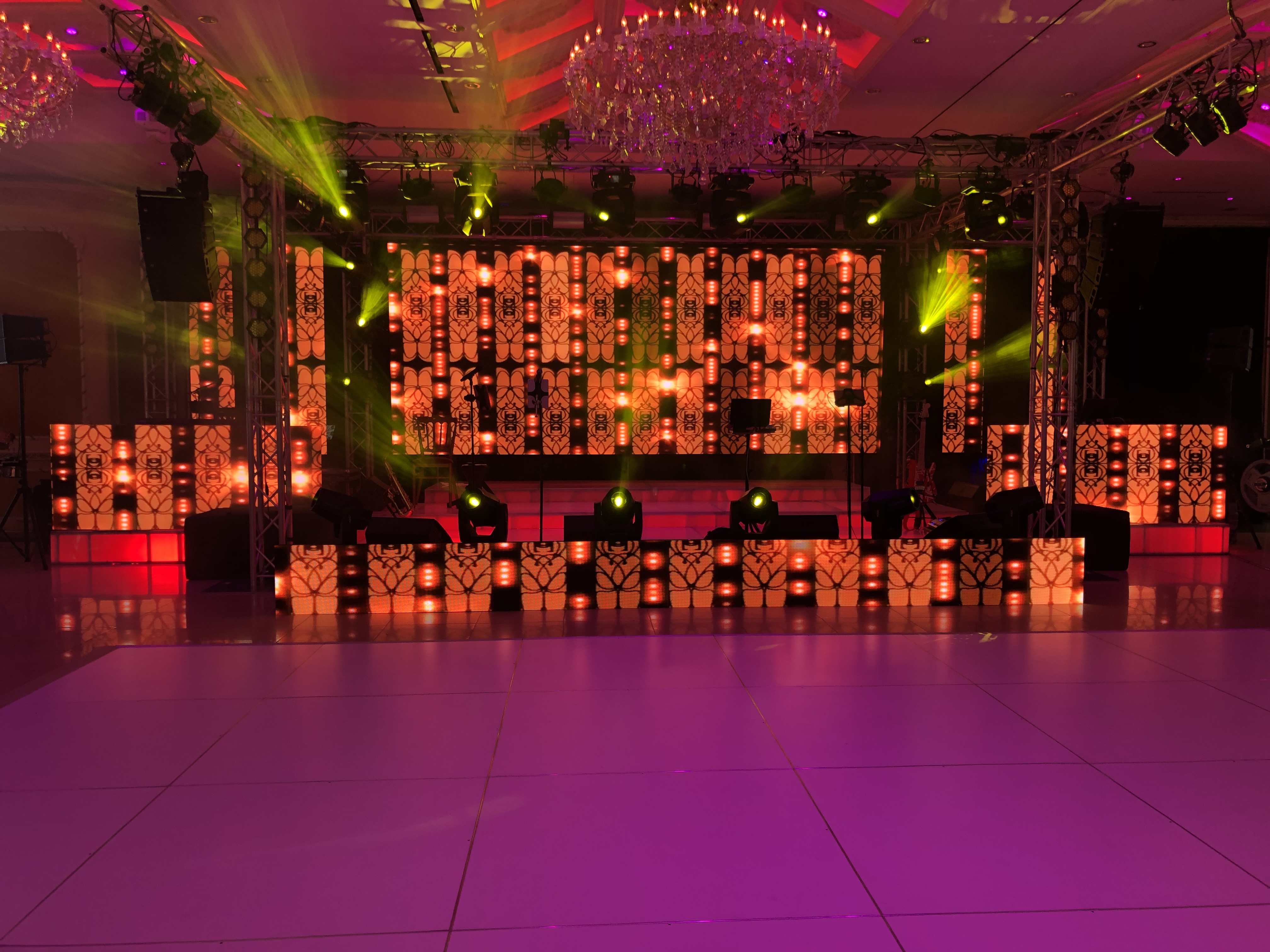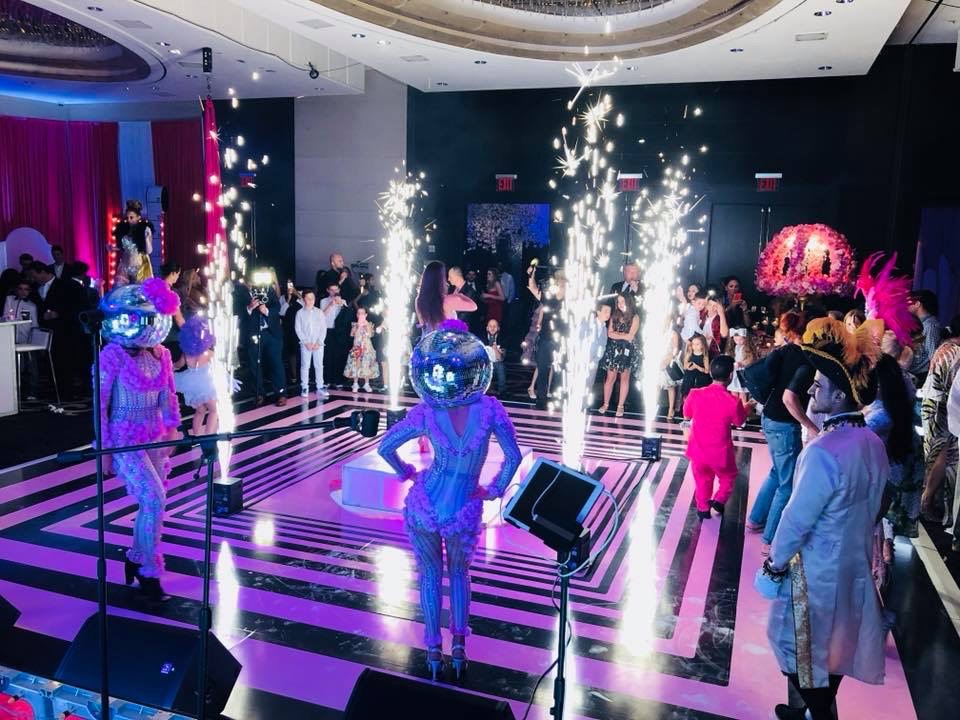Frequently Asked Questions
In the realm of live performance, the precision of timing lighting cues is paramount for enhancing the overall aesthetic and emotional impact of the production. Best practices involve meticulous coordination between the lighting designer and the stage director, ensuring that cues are synchronized with key moments in the script, such as dramatic peaks, musical crescendos, or character entrances and exits. Utilizing a cue sheet that details each lighting change, including fade durations, color transitions, and intensity adjustments, allows for seamless execution. Additionally, employing a reliable communication system, such as headsets or intercoms, facilitates real-time adjustments during rehearsals and performances. The use of pre-visualization software can also aid in mapping out complex lighting sequences, allowing for a more dynamic interplay between light and shadow that accentuates the narrative. Furthermore, maintaining a flexible approach to timing, with the ability to adapt to the performers' pacing and audience reactions, ensures that the lighting design remains responsive and engaging throughout the live event.
Lighting designers can effectively communicate cues with the stage manager by establishing a comprehensive cue sheet that details each lighting transition, including fade times, intensity levels, color changes, and special effects. This document serves as a vital reference during rehearsals and performances, ensuring that both the lighting designer and stage manager are synchronized in their understanding of the production's visual narrative. Regular pre-rehearsal meetings facilitate discussions about the artistic vision, allowing for the clarification of specific cues, such as crossfades, blackout transitions, and the timing of key moments that align with sound cues or actor movements. Utilizing a communication protocol, such as a designated cue calling system or color-coded signals, can further enhance clarity and reduce the potential for miscommunication. Additionally, employing technology, such as lighting control software and intercom systems, allows for real-time adjustments and immediate feedback, fostering a collaborative environment that supports the seamless integration of lighting design within the overall staging and performance dynamics.
For programming and rehearsing lighting cues, professionals often turn to specialized software such as QLab, which excels in cue-based control and offers robust features for audio, video, and lighting integration. Another popular choice is Lightwright, a comprehensive spreadsheet-based tool that facilitates the management of lighting paperwork, including fixture schedules and cue lists, ensuring seamless collaboration among designers and technicians. Additionally, software like Capture and WYSIWYG provides advanced visualization capabilities, allowing users to create 3D renderings of lighting designs and simulate cues in real-time, enhancing the rehearsal process. For those utilizing DMX control, tools like Chamsys MagicQ and ETC's Eos family of consoles are highly regarded for their intuitive interfaces and powerful programming capabilities, enabling precise control over complex lighting setups. These tools collectively streamline the workflow, enhance communication, and ensure that lighting designers can effectively execute their artistic vision during performances.
The impact of different types of lighting fixtures on the rehearsal process for cues is profound, as each fixture contributes uniquely to the overall ambiance, visibility, and mood of a production. For instance, the use of LED lights allows for rapid color changes and precise control over intensity, facilitating quick adjustments during cue transitions, while traditional incandescent fixtures provide a warm, consistent glow that can enhance emotional scenes. Additionally, the incorporation of intelligent lighting systems, such as moving heads and automated spotlights, enables dynamic tracking of actors, which is crucial for timing and spatial awareness during rehearsals. Furthermore, the strategic placement of floodlights and ellipsoidal reflectors can create dramatic shadows and highlights, influencing the actors' performances and the director's vision. The interplay between these various lighting technologies not only aids in cue synchronization but also enriches the storytelling by establishing a visual narrative that complements the dialogue and action on stage.
During rehearsals, troubleshooting lighting issues can be effectively managed through a systematic approach that incorporates several strategies. First, conducting a thorough pre-rehearsal inspection of all lighting fixtures, including LED lights, spotlights, and dimmers, ensures that any malfunctioning equipment is identified early. Utilizing a lighting control console to run diagnostic tests can help pinpoint issues with programming or connectivity, while checking for loose cables and faulty connectors can prevent power interruptions. Additionally, employing a lighting plot that details the placement and function of each light source allows for quick reference and adjustments. Collaborating with the lighting designer to review the cue sheets and ensuring that all transitions are smooth can mitigate timing issues. Furthermore, maintaining an open line of communication among the stage manager, technicians, and performers fosters a collaborative environment where immediate feedback can lead to rapid problem-solving. Finally, documenting any recurring issues in a troubleshooting log can provide valuable insights for future rehearsals and performances, enhancing overall production quality.

